2016 UMOWA Water Quality Report
Yesterday we summarized the 2016 UMOWA Macroinvertebrate Report written by David Stagliano of the Montana Biological Survey. Today we are going to discuss the 2016 UMOWA Water Quality Report.

Study Design
In 2016, UMOWA began collecting water quality data at the same seven sites where they began monitoring macroinvertebrates the previous year. This study measured levels of nutrients, suspended solids, and metal concentrations in the spring, summer, and fall at seven sites between Wolf Creek and Cascade on the Missouri River. The goal of this study was to assess the water quality of the Missouri River in order to get a full picture of the river’s health.
Sample Sites
Water quality samples were collected in April, July, and October at the sites shown below. The samples were analyzed at Energy Laboratories in Helena, MT in compliance with Montana Department of Environmental Quality (MDEQ) protocols.
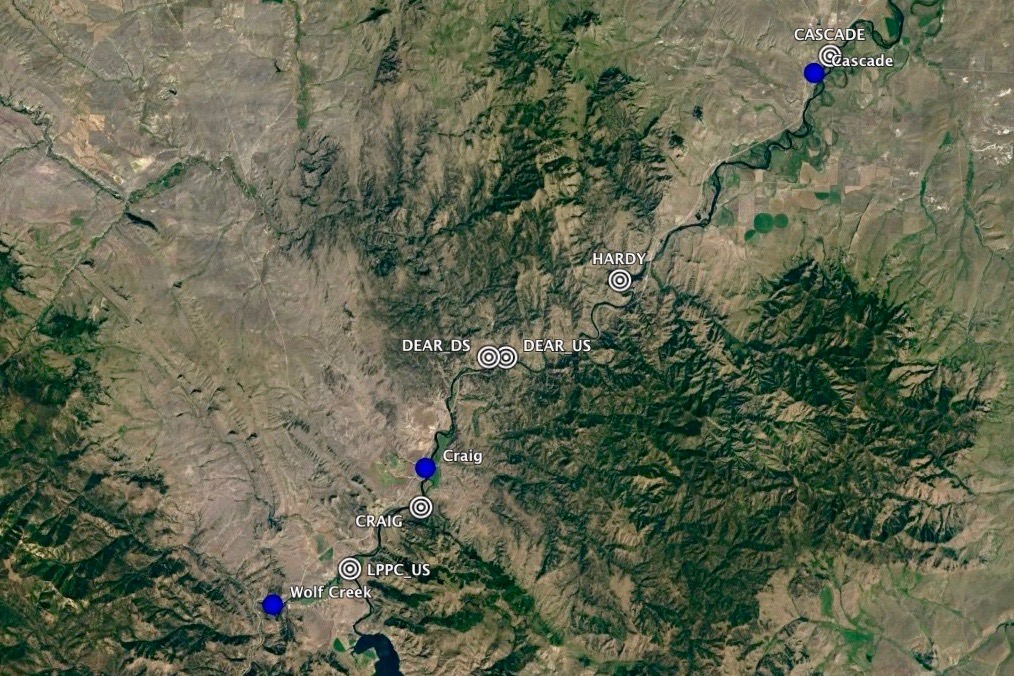
Sample Timing
Samples were collected seasonally in spring, summer, and fall in order to examine temporal changes in water quality throughout the year. These samples captured base-flow water quality before, during, and after the growing season of aquatic vegetation.
The image below shows flows recorded at Holter Dam through the 2016 year. The red arrows represent the water quality sampling dates.
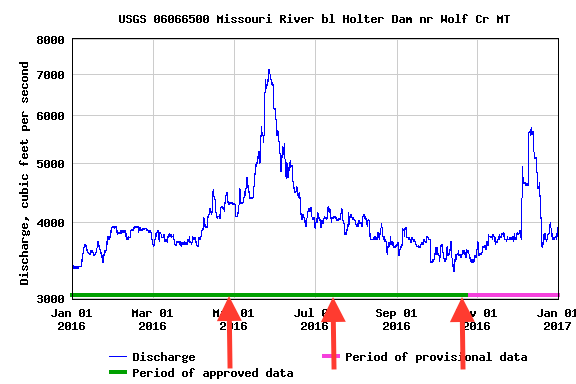
Data Collected
Samples were collected to measure concentrations of total suspended solids, alkalinity, bicarbonate, carbonate, chloride, sulfate, fluoride, inorganic nitrogen, total nitrogen, total phosphorus, calcium, magnesium, arsenic, cadmium, chromium, copper, iron, lead, selenium, silver, zinc, potassium, and sodium.
Below, we will highlight and discuss some of the more interesting findings.
In the graphs below, LPPC stands for Little Prickly Pear Creek. US means upstream. DS means downstream.
Total Suspended Solids
Total suspended solids is a measure of the amount of particles in the water. These concentrations were elevated in the April samples due to spring runoff. Following runoff, these concentrations dropped to low or nonexistent levels. This suggests that with the exception of spring runoff, the water clarity of the Missouri River is good.
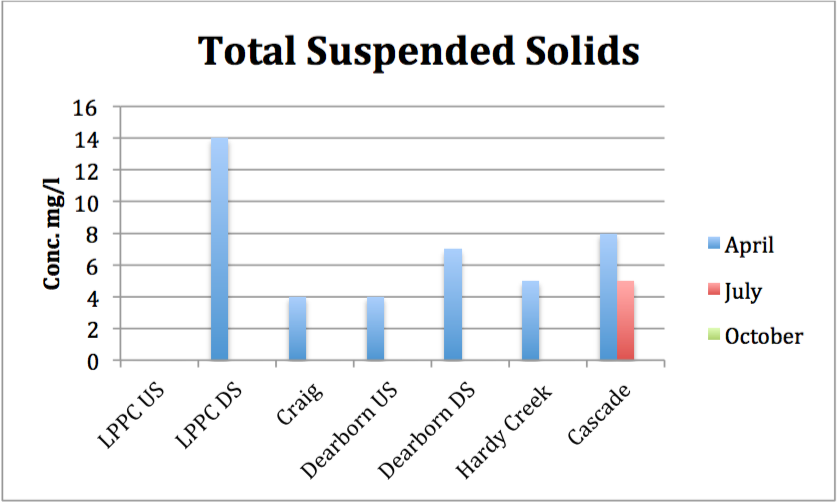
Alkalinity
Alkalinity was consistently high in all samples. These alkalinity values correlate with a year-round pH value of 7.5-8.0. The “basic” alkalinity of the Missouri River is due to the limestone geology within the upper Missouri River basin. This alkalinity gives the Missouri River it’s spring creek character.
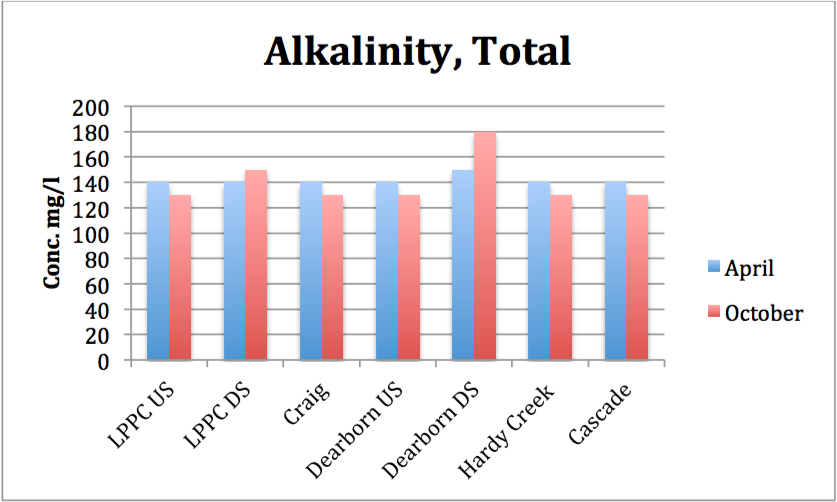
Nutrients
Nutrients were measured in three ways: Inorganic nitrogen (nitrate and nitrite), total nitrogen, and phosphorus.
All of these forms of nutrients are essential for aquatic plants and animals. However, excessive levels of these nutrients may lead to low levels of dissolved oxygen and have a negative impact on aquatic life. Sources of these nutrients include wastewater treatment plants, runoff from fertilized fields/lawns, failing septic systems, runoff from animal manure, and industrial discharges.
The Montana Department of Environmental Quality (MDEQ) has established recommended screening values and/or numeric nutrient standards for each of these nutrients. Concentrations below these established values are good. Concentrations above are bad.
Inorganic Nitrogen
Inorganic nitrogen concentrations were low or nonexistent in April and July and higher in October. It is likely that aquatic vegetation is using most of the available inorganic nitrogen during the growing season leading to lower concentrations in April and July. Inorganic nitrogen availability may be a limiting factor for plant growth in the Missouri River. MDEQ has set a recommended screening value for inorganic nitrogen levels at 0.1 mg/L. All Missouri River samples were below this threshold.
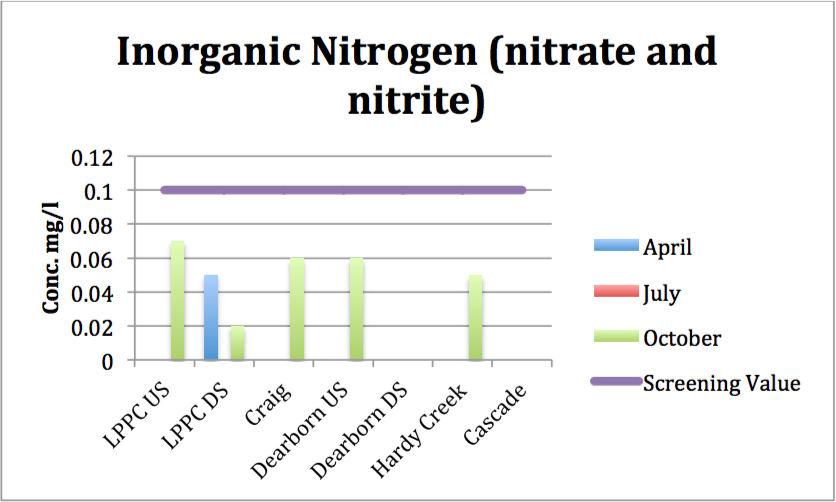
Total Nitrogen
With the exception of the site downstream of the Dearborn River, total nitrogen levels were higher in April and October and lower in July. The reduction in July is likely due to uptake by plants during the summer growing season. MDEQ has set a numeric nutrient standard of 0.3 mg/L for total nitrogen concentrations. All Missouri River samples were below this threshold, but many samples were approaching it, especially in April and October.
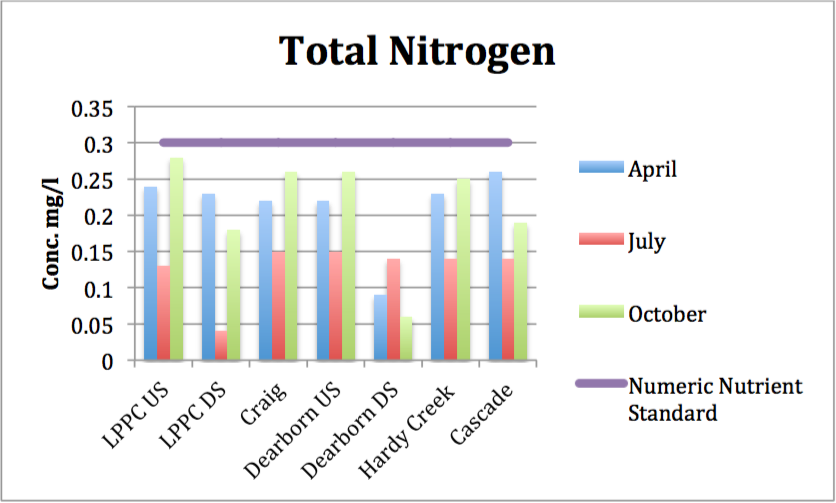
Total Phosphorus
With the exception of the site downstream of the Dearborn River, total phosphorus concentrations were higher in April and October and lower in July. The reduction in July is likely due to uptake by plants during the summer growing season. MDEQ has set a numeric nutrient standard of 0.03 mg/L for total phosphorus concentrations. All Missouri River samples were below this threshold.
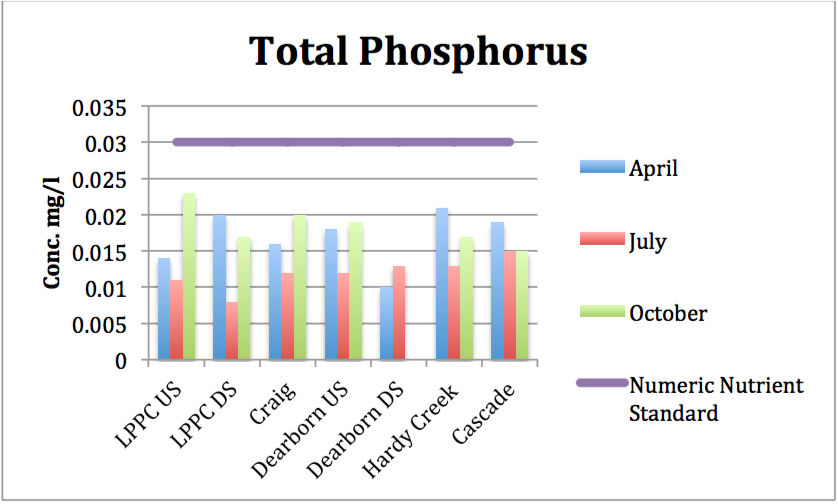
Arsenic
MDEQ has set a chronic aquatic life standard of 0.15 mg/L for arsenic concentrations. All Missouri River samples were well below this threshold.
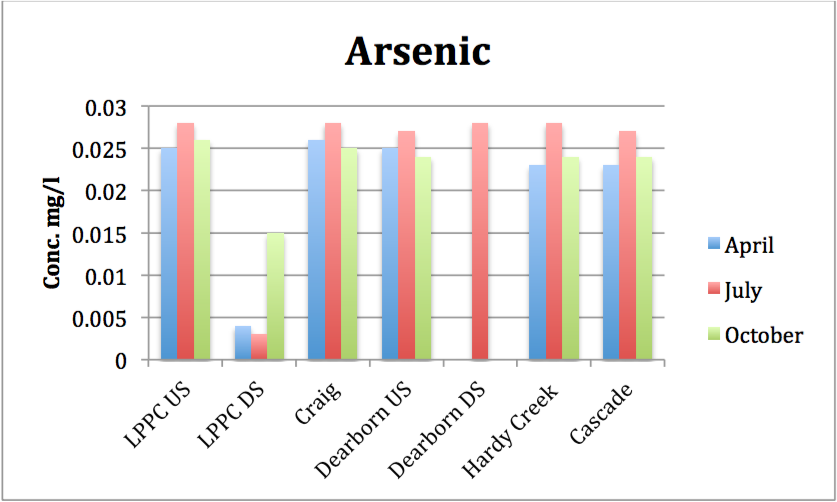
Copper, Iron, and Lead
Copper, iron, and lead concentrations with very low with the exception of elevated levels in the April samples collected downstream of the mouth of Little Prickly Pear Creek. This is likely due to an influx of metals from the Little Prickly Pear drainage during spring runoff. However, even these elevated levels were well below the MDEQ established aquatic life standards for each metal.
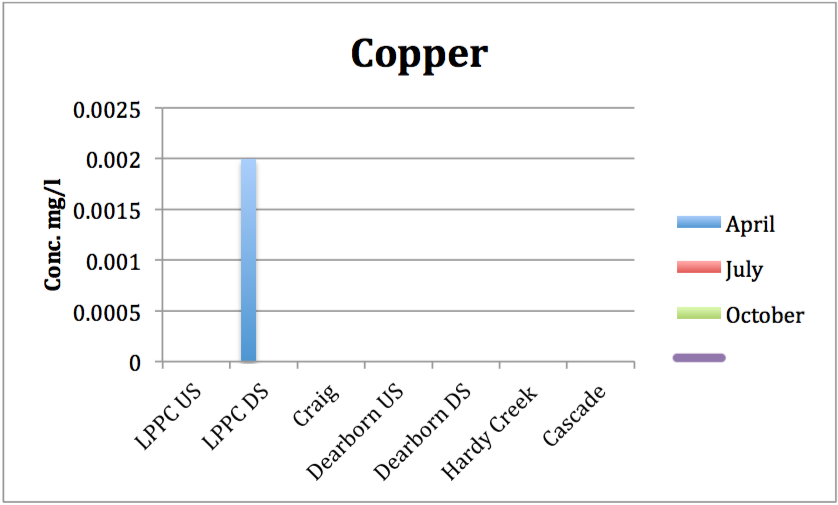
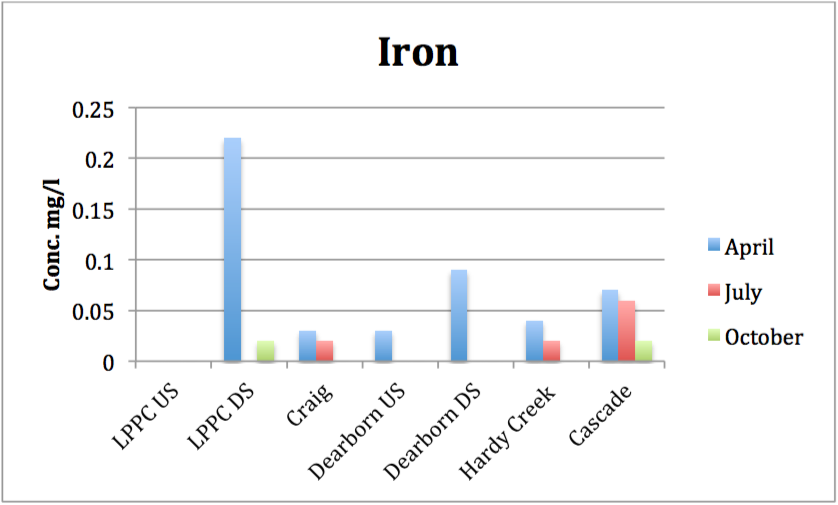
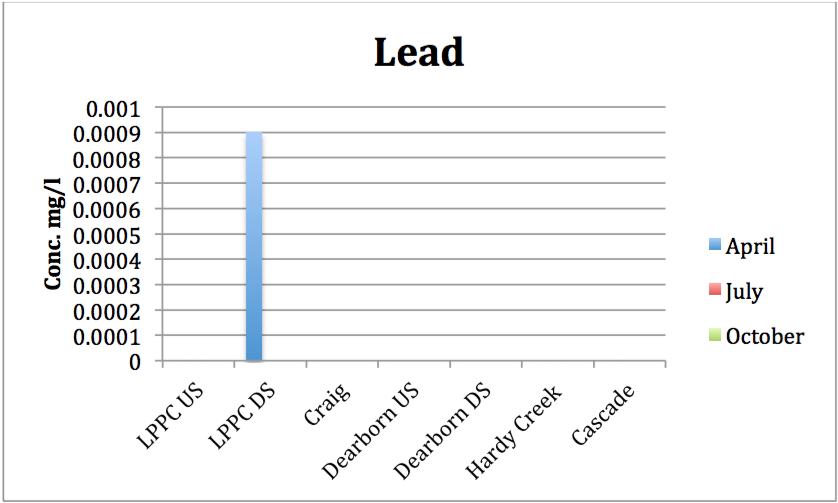
Conclusions
Overall, Missouri River water quality is good. Water clarity is high. Heavy metal concentrations are low. However, total nitrogen levels are elevated.
Managing nutrient levels is a difficult balancing act. Elevated nutrient levels are largely responsible for the productivity of the Missouri River and its ability to support such a robust web of aquatic life. However, if nitrogen concentrations get much higher, they may begin to have the opposite effect.
It will be important for groups like MDEQ and UMOWA to continue monitoring water quality in the years to come.
UMOWA Annual Meeting
The UMOWA Annual Meeting will be held tomorrow, June 17, from 6:00 to 9:00 PM in the Craig Firehall.
There will be free food, a silent auction, and lots of information about the current state of the Missouri River. If you thought this post was interesting, you should plan on attending!


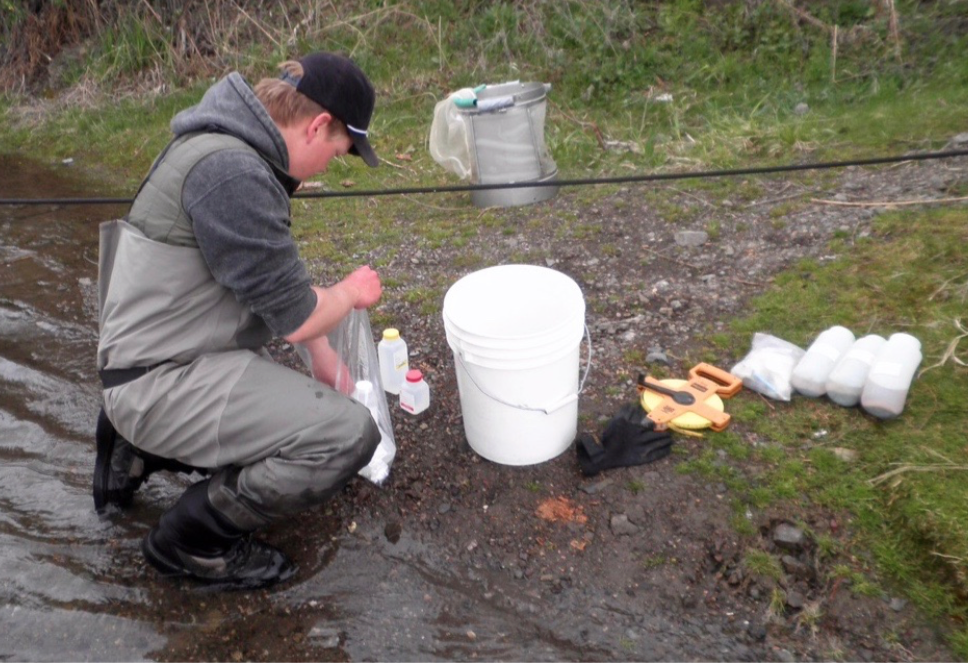
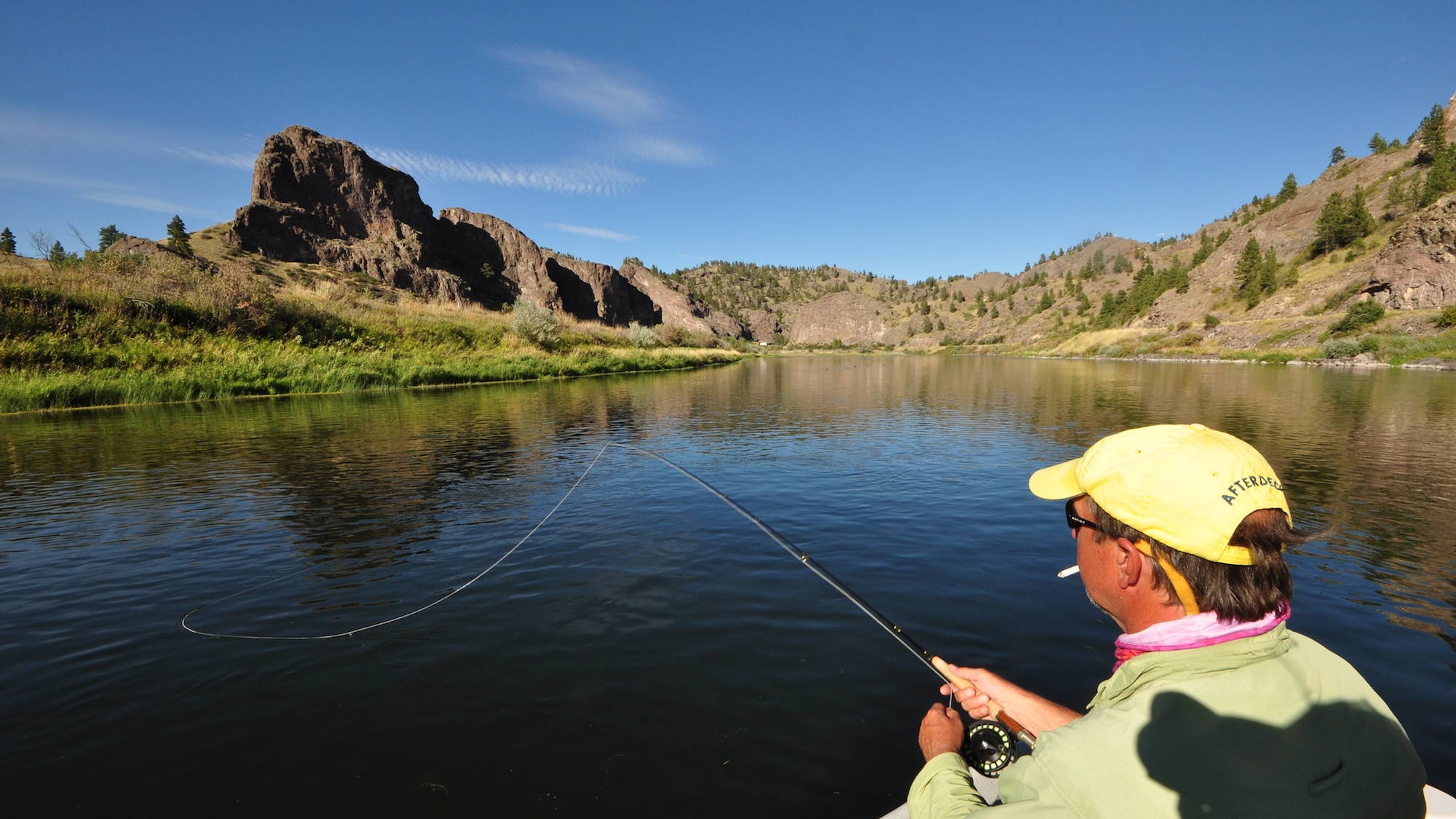
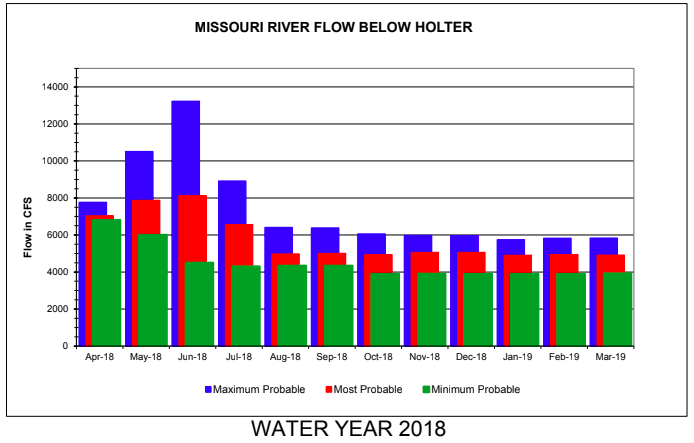

5 Comments.
Awesome again! Some different results than we see in my neck of the woods! Ha ha. Nice technical writing too.
Great information and yes, I will be there for the Annual Meeting. Looking forward to it!
Hey Braden, suburb triad post on UMOWA’s Mo health. Required reading for Mo anglers! Share far and wide. Nice work!
*superb
Nice work Braden.